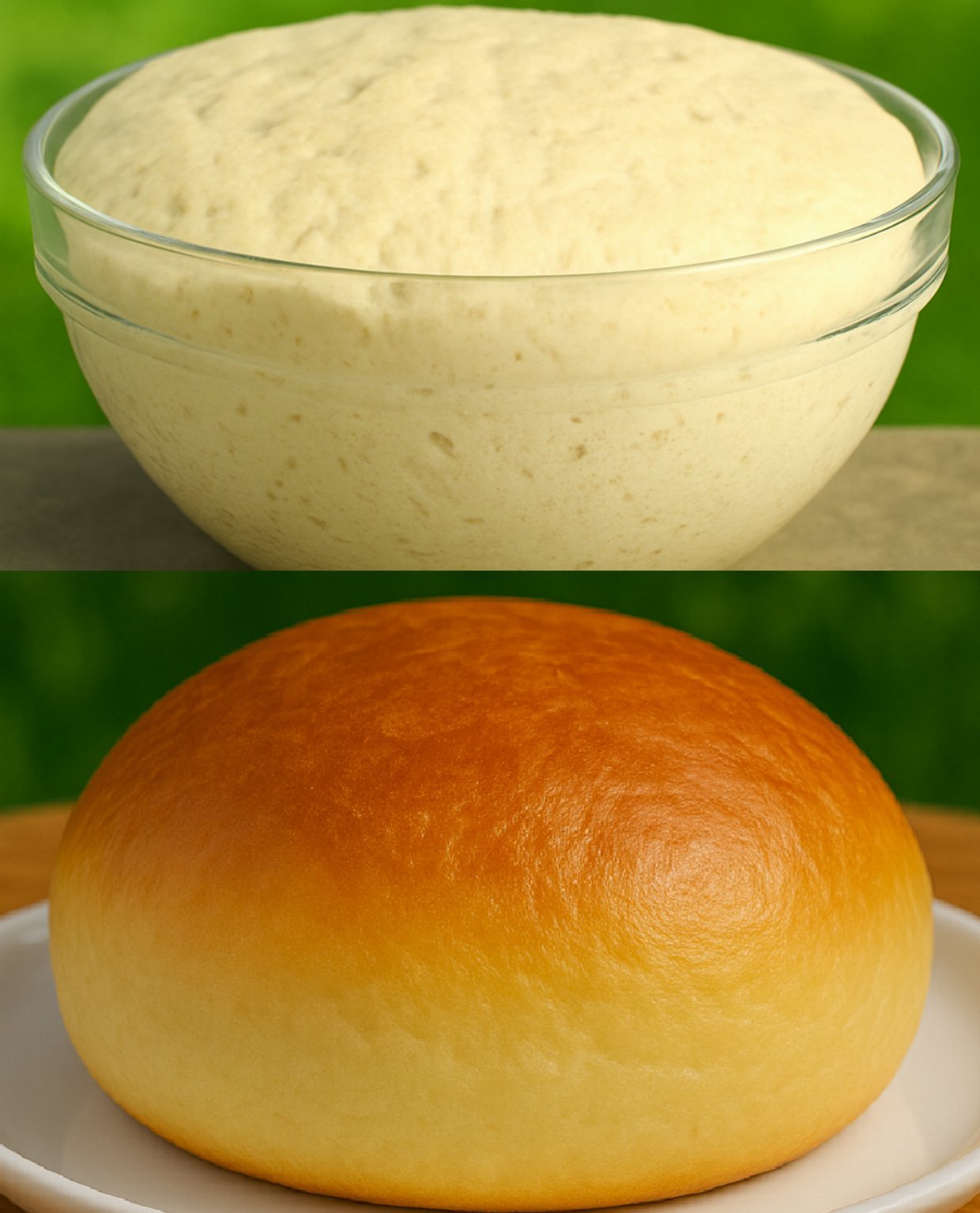There is something incredibly comforting about freshly baked bread, especially when it is soft, fluffy, and slightly sweet. Milk bread has long been a favorite in many cultures because of its tender crumb and rich flavor. When infused with a touch of vanilla, this bread becomes even more irresistible, offering a subtle sweetness and aroma that pairs beautifully with butter, jam, or even on its own. Soft Vanilla Milk Bread is perfect for breakfast, afternoon tea, or as the base for sandwiches and French toast. Below is a complete guide to making this delightful bread at home, with step-by-step instructions to ensure success.
Ingredients
-
3 ½ cups (440 g) bread flour (plus extra for dusting)
-
3 tablespoons (40 g) granulated sugar
-
1 teaspoon salt
-
2 teaspoons (7 g) instant yeast
-
1 cup (240 ml) warm whole milk (about 110°F / 43°C)
-
1 large egg
-
3 tablespoons (45 g) unsalted butter, softened
-
1 teaspoon vanilla extract (or the seeds of half a vanilla bean for deeper flavor)
Step-by-Step Instructions
1. Activate the Yeast
If using instant yeast, you can mix it directly with the dry ingredients. However, if you prefer to check its freshness, dissolve the yeast in warm milk along with one teaspoon of sugar. Allow it to sit for 5–10 minutes until foamy. This step ensures the yeast is active and ready to leaven the bread.
2. Mix the Dough
In a large mixing bowl, combine the bread flour, sugar, and salt. Create a small well in the center and add the milk-yeast mixture, egg, vanilla extract, and softened butter. Stir with a wooden spoon or spatula until a sticky dough begins to form.
3. Knead the Dough
Turn the dough out onto a lightly floured surface and knead for 8–10 minutes by hand (or 5–6 minutes in a stand mixer with a dough hook). The dough should become smooth, elastic, and slightly tacky but not overly sticky. If it feels too wet, add a tablespoon of flour at a time. Be careful not to add too much, as the softness of milk bread relies on proper hydration.
4. First Rise
Shape the dough into a ball and place it in a lightly greased bowl. Cover with a damp cloth or plastic wrap and let it rise in a warm place for 1–1.5 hours, or until doubled in size. Patience is key here—the longer rise helps develop both flavor and texture.
5. Shape the Dough
After the first rise, gently punch down the dough to release air bubbles. Turn it onto a floured surface and divide it into 3 or 4 equal portions, depending on the shape of your loaf pan. Roll each portion into a rectangle, then fold and roll it up tightly like a jelly roll. Place the rolls side by side in a greased 9×5-inch loaf pan. This shaping method creates the signature pull-apart, cloud-like texture of milk bread.
6. Second Rise
Cover the loaf pan and let the dough rise again for 40–60 minutes, or until it has puffed up and nearly doubled in size. The dough should rise just above the rim of the pan. This second rise ensures the bread will be extra soft and airy.
7. Bake
Preheat your oven to 350°F (175°C). Brush the top of the dough with milk or an egg wash (1 egg beaten with 1 tablespoon of milk) for a glossy golden finish. Bake for 25–30 minutes, or until the bread is golden brown on top and sounds hollow when tapped. If the top browns too quickly, tent the loaf loosely with foil.
8. Cool and Serve
Remove the bread from the oven and let it rest in the pan for 10 minutes before transferring to a wire rack to cool completely. Resist the urge to slice while it’s hot—allowing it to cool slightly helps the crumb set.
Serving Suggestions
Soft Vanilla Milk Bread is incredibly versatile. You can:
-
Enjoy it plain with butter and a drizzle of honey.
-
Spread with jam or Nutella for a sweet treat.
-
Use as sandwich bread for chicken salad, ham and cheese, or cucumber sandwiches.
-
Transform into French toast by dipping slices in an egg mixture and frying them to golden perfection.
-
Make bread pudding with leftover slices for a comforting dessert.
Tips for Success
-
Use bread flour: Its higher protein content gives milk bread its chewy yet fluffy structure.
-
Warm ingredients: Ensure milk is warm (not hot) to activate the yeast properly. Cold milk slows fermentation.
-
Knead well: Gluten development is crucial for structure and fluffiness. Perform the “windowpane test”—stretch a piece of dough thin; if it doesn’t tear easily, it’s ready.
-
Don’t rush the rises: Allowing the dough enough time to double in size ensures softness.
-
Vanilla quality matters: Pure vanilla extract or real vanilla bean provides the best flavor.
Final Thoughts
Soft Vanilla Milk Bread is a celebration of simplicity and indulgence. With its pillowy crumb, delicate sweetness, and subtle vanilla fragrance, it elevates the humble loaf into something truly special. Whether you bake it for a leisurely weekend breakfast, an elegant tea party, or simply as a treat for yourself, this bread is guaranteed to bring warmth and joy to your kitchen. The process may require patience, but the reward—a soft, aromatic loaf fresh from the oven—is more than worth it.
